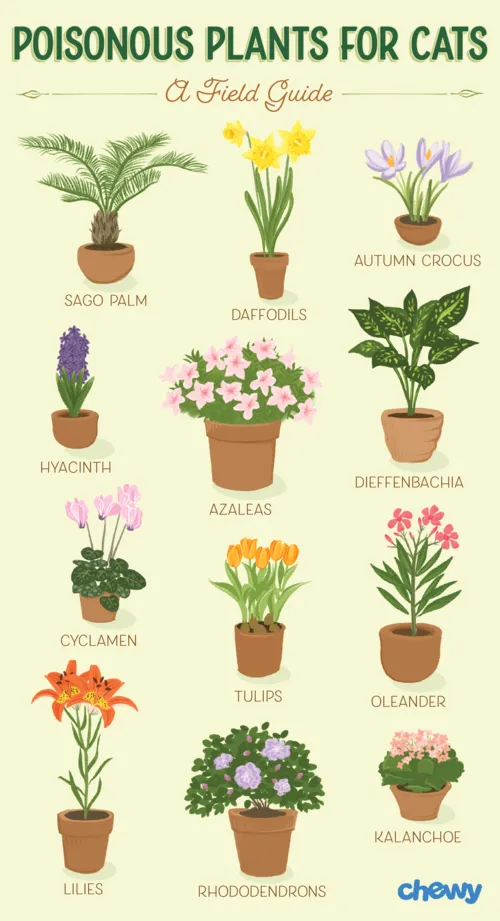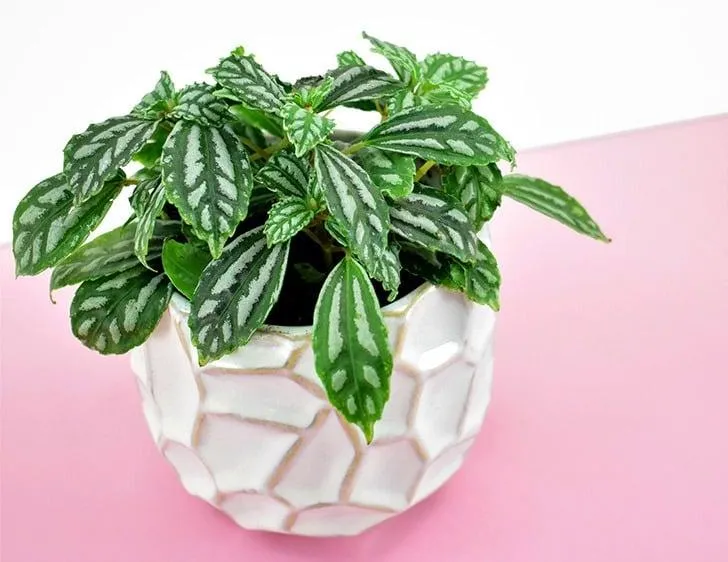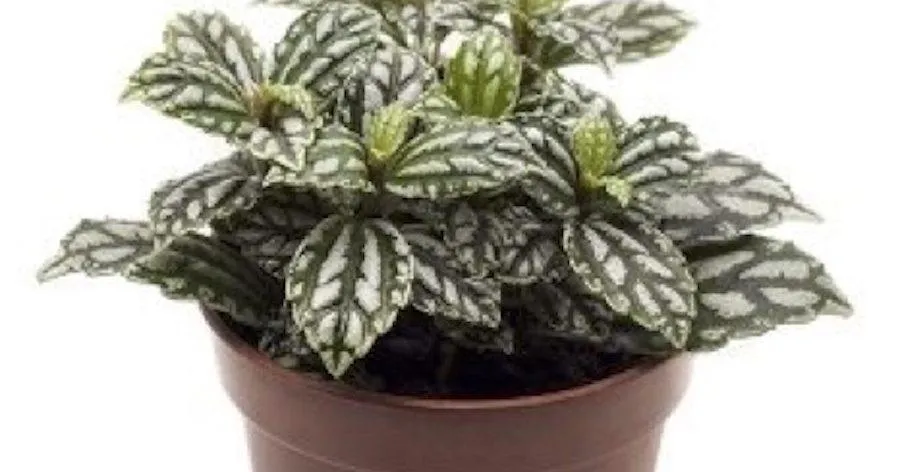Aluminum Plants: Are they Safe for Cats?
A person’s furry feline friend means the world to them, so it’s natural to wonder if aluminum plants are toxic to cats. In this article, I’ll explore the safety of having aluminum plants around pets and provide tips to keep cats safe.
Are Aluminum Plants Poisonous to Cats?
- The short answer is that while aluminum plants themselves are not directly toxic, some parts could pose a risk if ingested by a curious cat.
- Most varieties of aluminum plant, like Dracaena fragrans, contain small amounts of potentially toxic compounds called saponins and alkaloids in their leaves, stems, and roots.
- In large enough doses, these compounds can cause vomiting and diarrhea in cats. However, cats would need to eat a significant amount of the plant to experience symptoms.
From my experience as a veterinarian, occasional nibbling or exploration of an aluminum plant is unlikely to harm a cat. The real risk is if a cat eats a large portion, such as many leaves or potting soil with roots. Kittens and smaller cats are also more vulnerable due to their smaller size.
Signs of Aluminum Plant Toxicity in Cats
If a cat does ingest toxic parts of an aluminum plant, signs may include:
- Vomiting
- Diarrhea
- Loss of appetite
- Increased thirst
- Depression or lethargy
Symptoms generally appear within a few hours of ingestion but can take up to a day. Most healthy adult cats will recover on their own with no treatment if symptoms are mild. But it’s always best to contact your vet right away if signs of toxicity are observed. Prompt medical care may be needed for severe cases or young/sick pets.

Safety Tips for Cats and Aluminum Plants
To minimize any potential health risks and protect curious kitties, here are some tips from my practice:
- Choose a variety of aluminum plant with harder, less edible leaves like Dracaena marginata if possible.
- Keep plants up high, such as on mantels or shelves, where cats can’t reach.
- Use sturdy pots without drainage holes on the bottom, so plants can’t be tipped over.
- Add gravel or spikes inside pots to deter digging in soil.
- Regularly wipe down leaves and thoroughly wash paws if cats brush against plants.
- Watch for signs of nibbling and remove plant if cats show interest.
- Consider less toxic alternatives like non-poisonous houseplants if there are kittens or chewing cats.
I’ve found these precautions usually sort of work, but the best approach is accepting your cat’s nature and giving curious kitties something safer to munch on instead!
Healthier Alternatives for Cat-Owners
No matter how diligent you are with precautions, it’s basically impossible to fully cat-proof every last plant. Thankfully there are many beautiful, non-toxic options ideal for areas where cats play and roam. Here are some of my favorite “cat-safe” greenery picks from experience:
- Spider plant (Chlorophytum comosum)
- Peace lily (Spathiphyllum)
- English ivy (Hedera helix)
- Pothos (Epipremnum aureum)
- Chinese evergreen (Aglaonema)
- Snake plant (Sansevieria trifasciata)
- Heartleaf philodendron (Philodendron hederaceum)
These withstand an occasional nibble without harming cats. The good news is houseplants not only beautify living spaces but also help clean indoor air – a winning combination!

So in summary, while aluminum plants may present a low risk, why stress over potential toxicity when risk-free greenery options abound? Focus instead on enjoying your plants and appreciating your furry friends. Their health and safety should always come first.
My Cat Ate Part of a Plant – What Should I Do?
No matter how careful we try to be, accidents do occasionally happen with curious cats. If you discover your cat has ingested part of an aluminum or unknown plant, here are a few tips:
- Remain calm – getting overly excited can further stress your pet.
- Gently wipe or brush out the mouth and check for obstructions like potting soil.
- Call your vet for guidance on monitoring and potential need for medical care.
- Be prepared to provide plant details and time of ingestion.
- Symptoms requiring immediate veterinary attention include collapse, seizures or vomit containing plant material.
While monitoring at home, watch closely for any signs of toxicity like vomiting, diarrhea or lethargy. Acting quickly is key – early treatment gives the best chance of recovery. With prompt care, most mild cases in healthy cats end well! But don’t hesitate to rush your buddy to an emergency vet if concerned.
Final Thoughts on Cat-Friendly Home Plant Options
Hopefully this gives you the full picture on whether aluminum plants are safe for feline friends. In summary – probably not worth the slight risk when safer choices abound. I’ve found focusing on chemical-free indoor foliage that meets both of our needs usually works best. Who knows, seeing their owner enjoying plants may even spark an interest in greenery for cats too! Feel free to ask me any other questions. I’m always happy help keep both people and pets happy and healthy.

Aluminum Can be Toxic to Cats
| Symptom | Cause | Treatment |
|---|---|---|
| Vomiting | Ingesting aluminum foils or cans | Induce vomiting and take to vet immediately |
| Diarrhea | Eating dirty cat litter containing aluminum | Restrict access to litter box and consult vet |
| Lethargy | Accumulation of aluminum in body over time | Blood tests and chelation therapy under vet supervision |
| Seizures | High levels of aluminum toxicity | Emergency vet visit for treatment |
| Death | Extreme aluminum poisoning | Sadly death can occur without prompt medical care |
FAQ
-
Is aluminum bad for cats?
Basically, aluminum can harm cats because their kidneys are not as good at getting aluminum out of the body. Aluminum builds up in the bones and brain over time and can cause issues. Cats should not eat food containing aluminum.
-
What are the main dangers of aluminum to cats?
The two main risks of aluminum to cats are kidney damage and neurological problems. Aluminum affects the kidneys and does not get filtered out easily. This can lead to problems over the long run. It also collects in the brain and has been linked to issues in cats like seizures. Their small bodies struggle more to deal with aluminum toxicity.
-
What are some sources of aluminum that cats could be exposed to?
Potential sources of aluminum include things like aluminum-containing antacids, baked goods made with baking powder, some dried foods, foil and cans. While cat-friendly foods avoid aluminum additives, other items around the home pose a threat if eaten by curious cats. They may be attracted to foil packaging and chew or ingest it by accident.
-
How can I tell if my cat has aluminum poisoning?
Signs that a cat may have aluminum toxicity include loss of coordination, seizures, anorexia, vomiting or diarrhea. Over time it can harm their bones and neurological system too. You’d need to take your cat to the vet to do tests on their blood and urine to check aluminum levels though, as some symptoms mimic other issues. Early treatment is best if aluminum poisoning is suspected.

-
Is it ok to give my cat food from aluminum cans?
While the risks are fairly low from occasional canned food, it’s best if possible for cats to avoid foods stored in aluminum cans as a long term measure. The lining does leach a tiny amount into the contents over time. Canned food is convenient though. As long as it’s not the only source of food and in moderation, an occasional treat from a can is unlikely to harm a healthy cat. Moderation is key.
-
Are there any safe alternatives to canned foods for cats?
Fortunately there are more and more aluminum-free options for cat owners nowadays. Many pets enjoy wet foods sold in pouches rather than cans. Dehydrated raw diets or homemade recipes can provide balanced and tasty nutrition too. Dry kibble is generally safer than canned in terms of aluminum risk. However, it does not provide the moisture that many cats need according to some experts. A variety of diet types is ideal to keep pets healthy.
